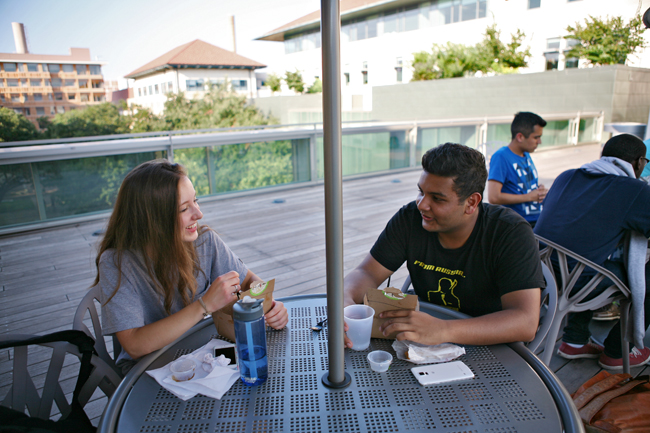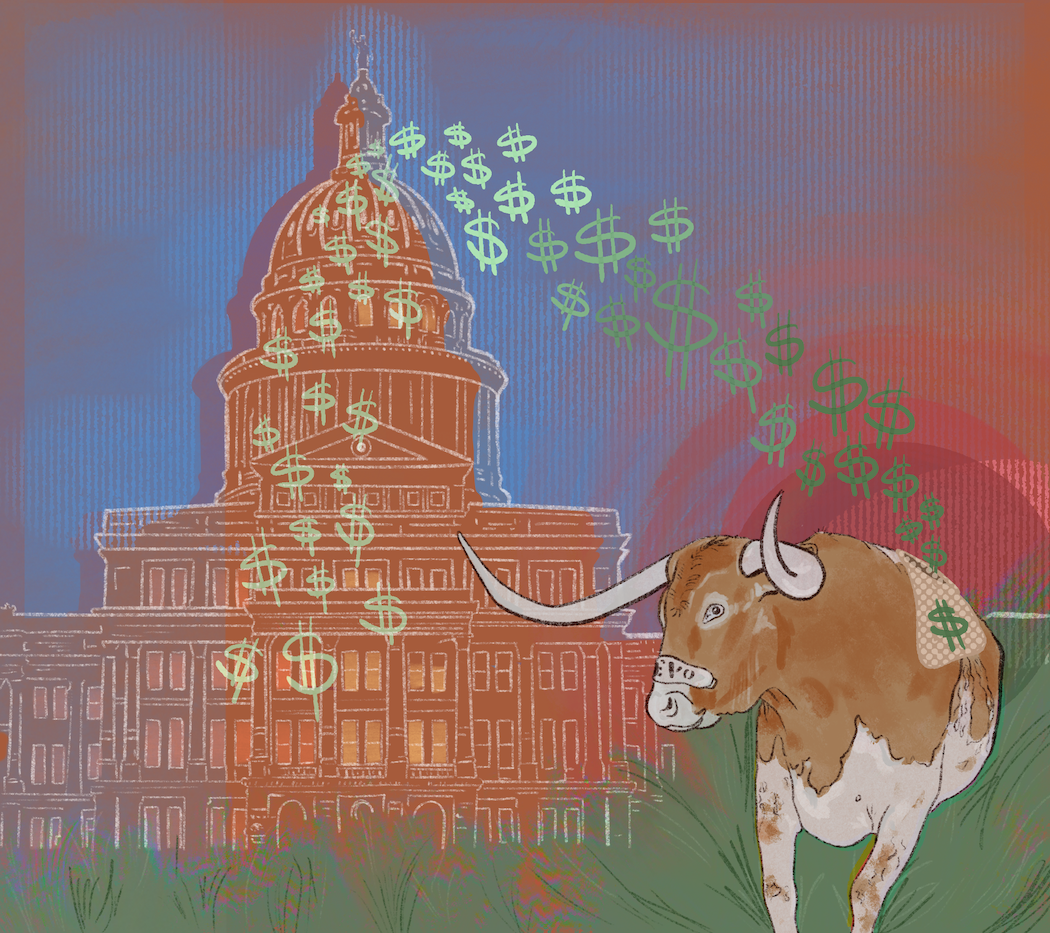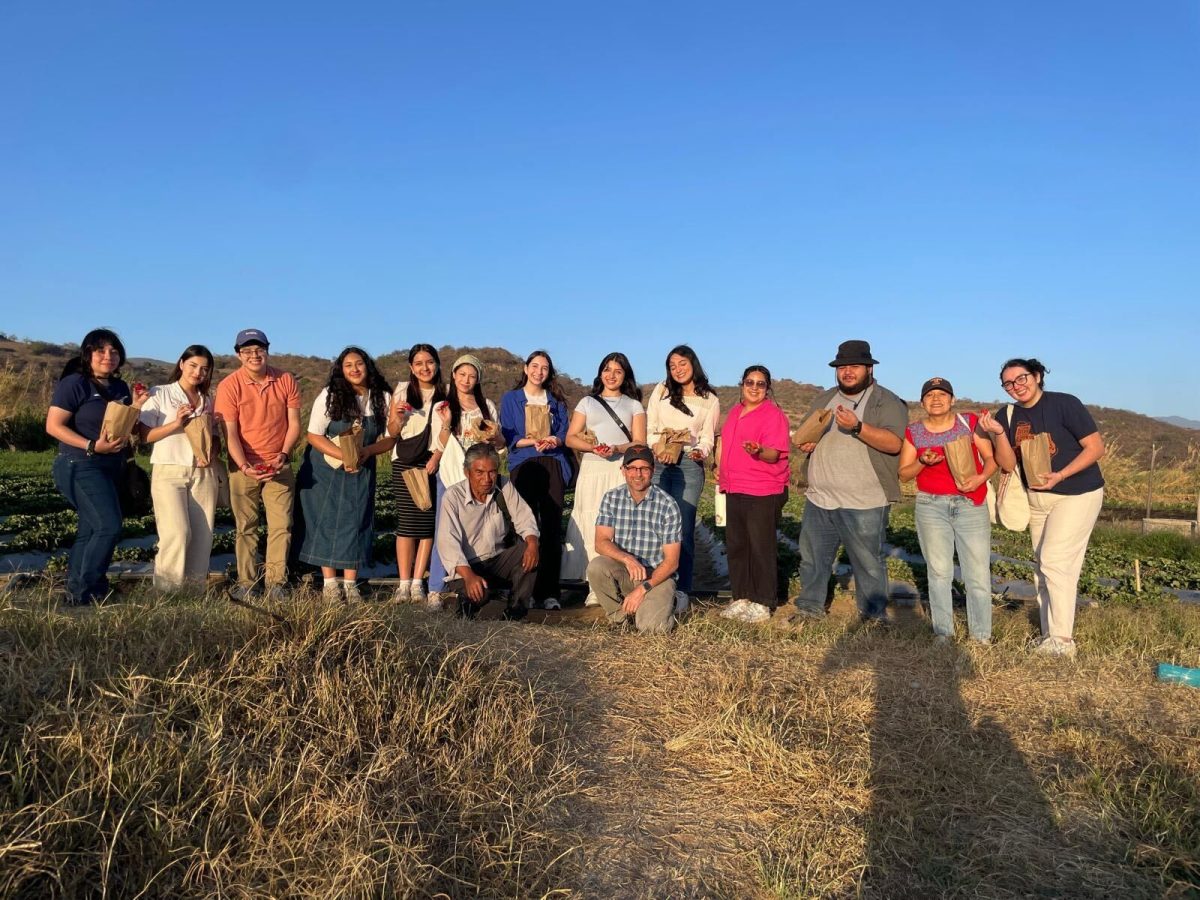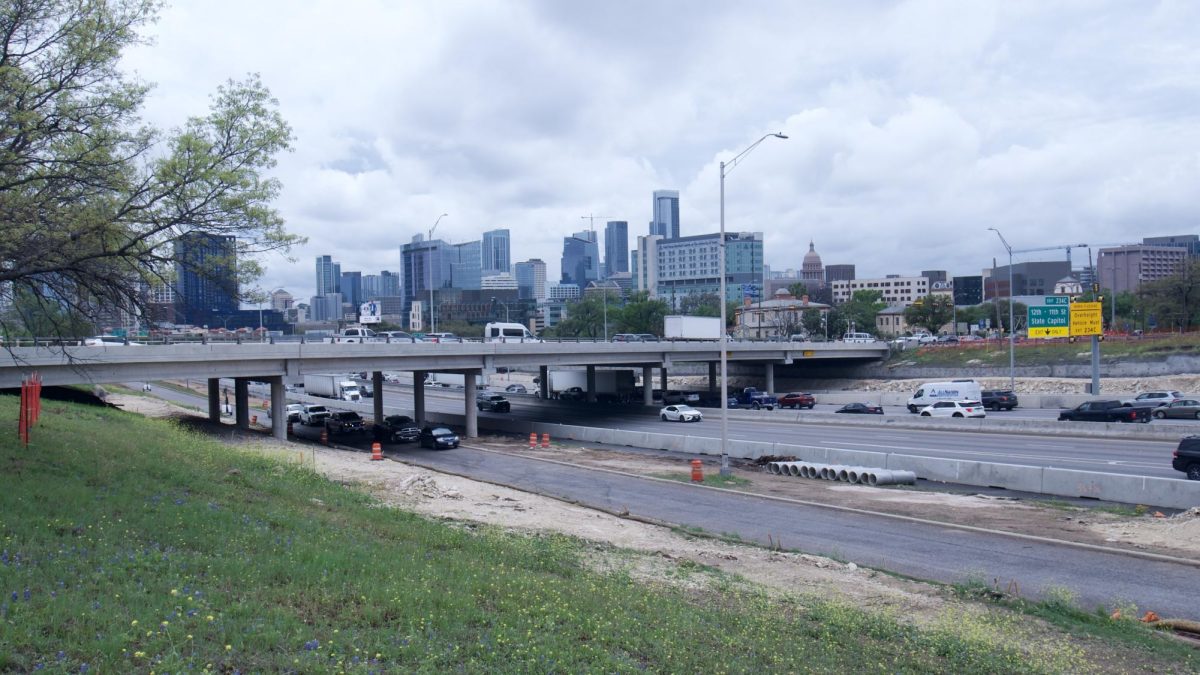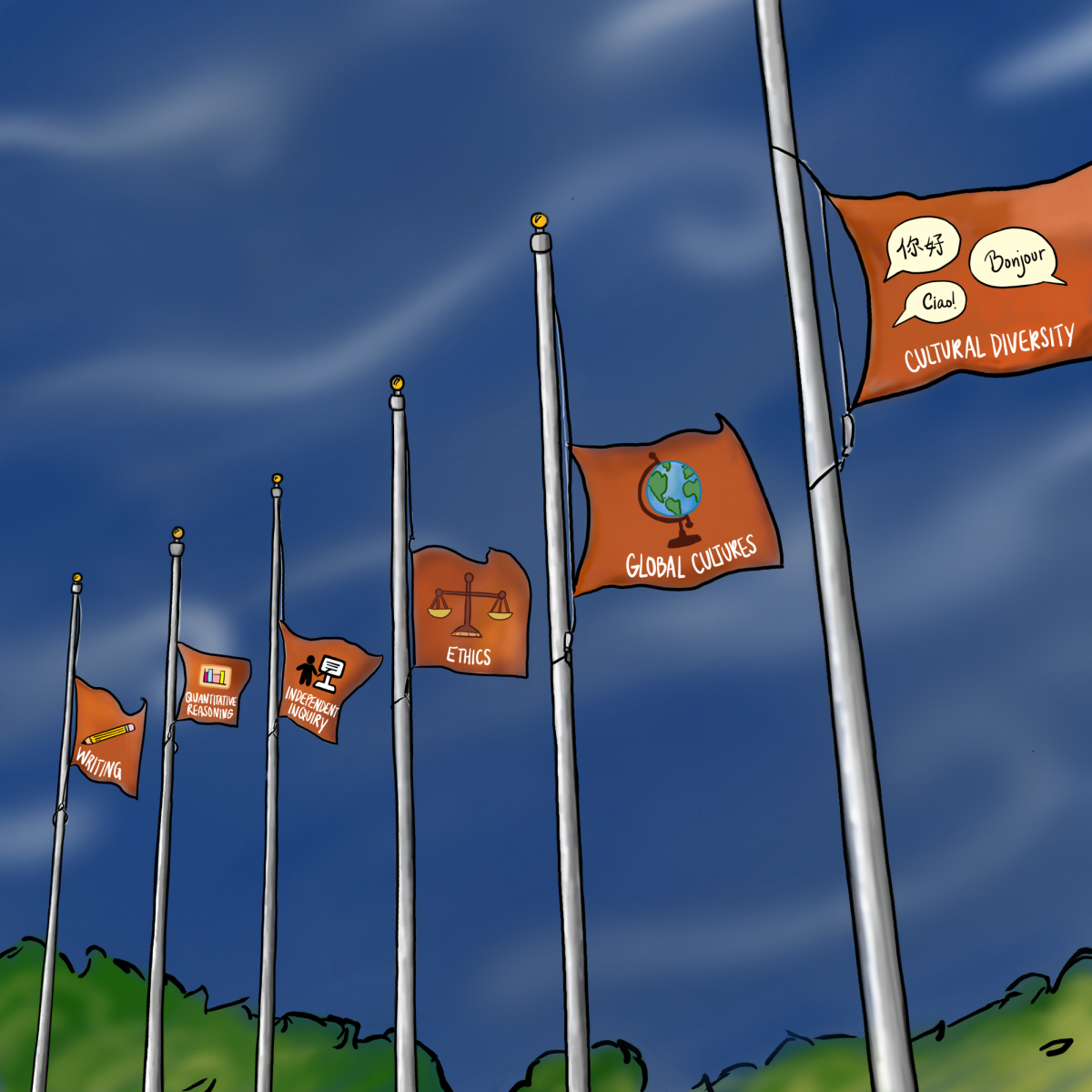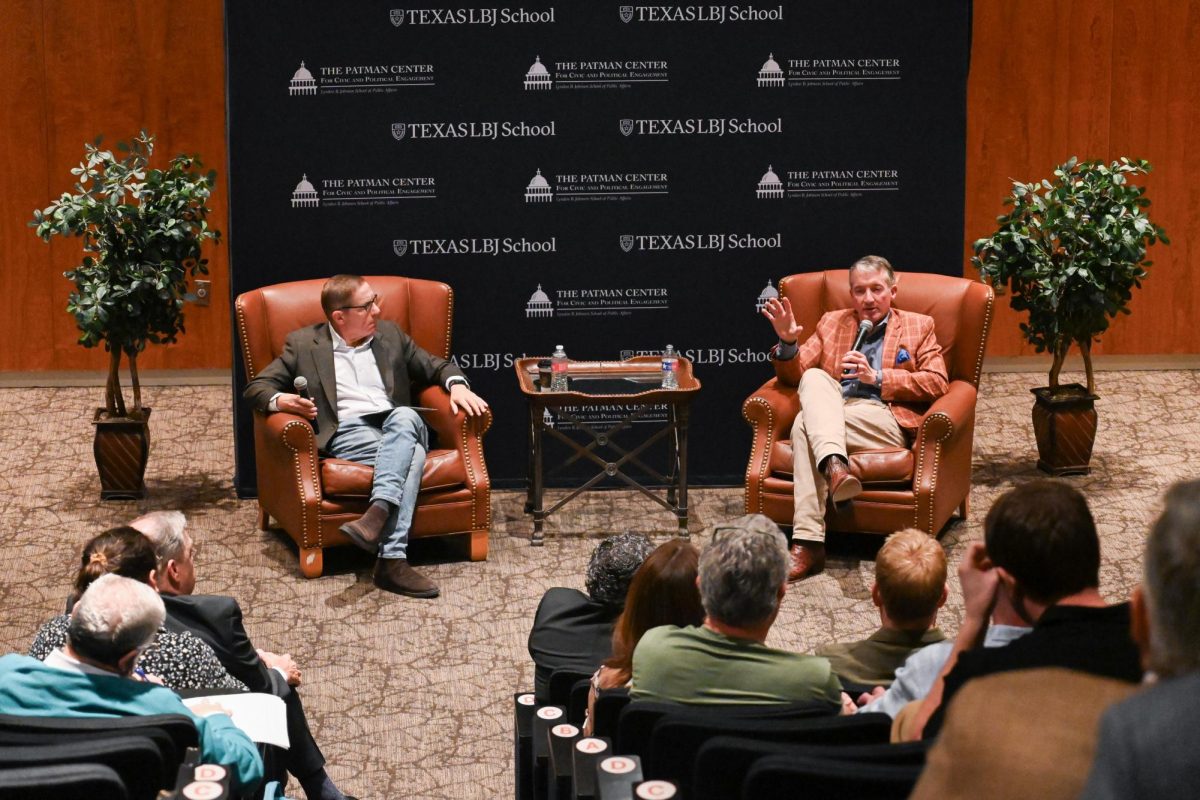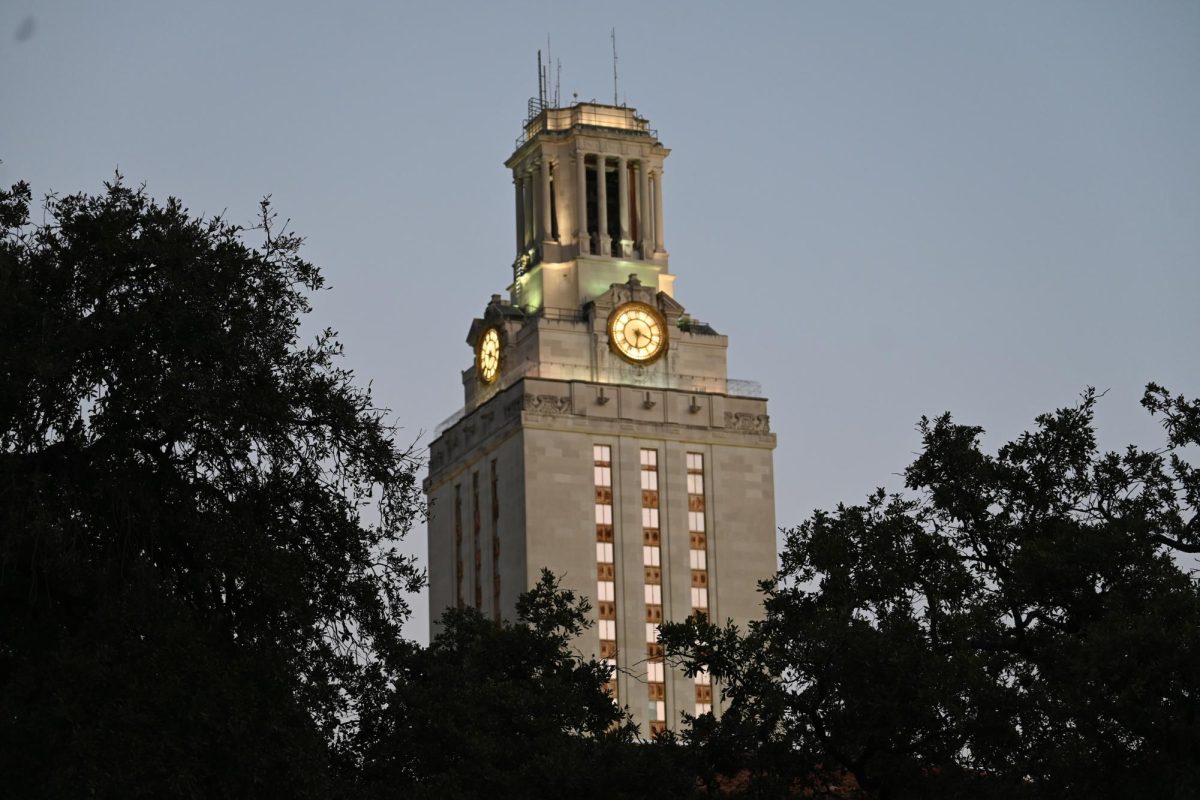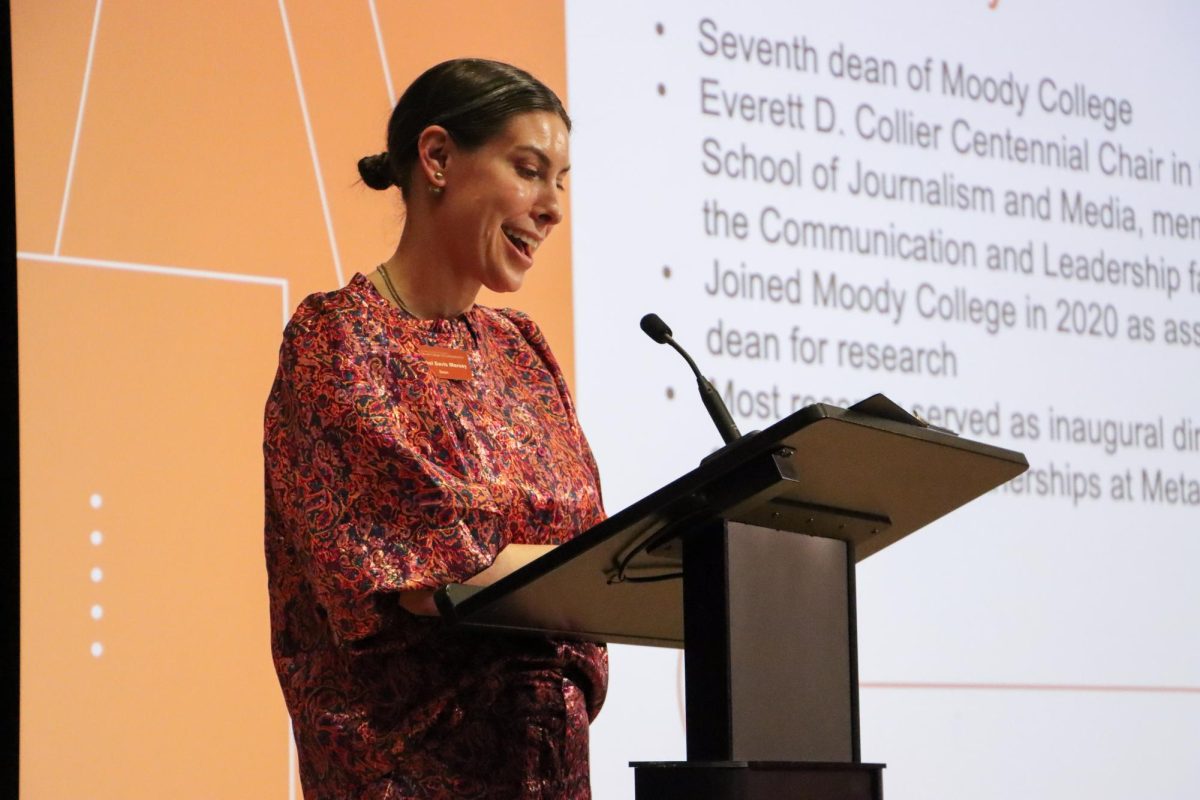Although they may be some of the lesser-explored places on campus, the rooftops of several University buildings are home to a variety of features, including gardens, telescopes and even a bee colony.
UT Facilities Services spokeswoman Laurie Lentz said some students go on top of buildings because of class requirements.
“Several buildings allow student and faculty access to the roof due to class experiments or class projects,” Lentz said in an email. “For example, a faculty member maintains a bee colony on the roof of the [J. T. Patterson Laboratories Building], and a telescope is maintained on the roof of RLM.”
Some buildings at the University also have “green roofs,” an environmentally-friendly designation indicating that at least part of the roof is covered with vegetation. According to the Austin Green Roof Advisory Group’s website, green roofs can provide aesthetic value and insulation and reduce storm water runoff.
Lentz said green roofs are not new at the University, although newer buildings — such as the SAC, Hackerman Building and the College of Liberal Arts Building — tend to have more green space.
“UT has a long association with green roofs, dating back to the 1930s when areas of lawn and shrubs were planted on the roofs flanking either side of the Office of the President,” Lentz said. “In more recent times, the largest amount of green roofs has been installed at the Student Activity Center, and a portion of the LBJ plaza — which is also a roof above the space below the plaza — is planted.”
Green roofs are incorporated into new buildings if it’s important to the building’s program and is supportable within a project’s budget, according to Lentz.
Students frequent the roof of the SAC, which has a rooftop garden and Skyspace, a structure by artist James Turrell that illuminates colored light sequences at sunrise and sunset.
Graduate student Taylor Bradley, who works as an attendant at Skyspace, said the roof of the SAC is a popular spot for students to sit and relax during the afternoon.
“Usually, we get more students around lunchtime, and people just kind of nap or relax,” Bradley said. “Occasionally, we get a class or some tourists.”
According to Lentz, most green roofs on campus are accessible to the public, although about 80 percent of campus buildings require a campus utility machine room key to gain rooftop access.
Lentz said the Roof Safety Working Group partners with Project Management and Construction Services and the Environmental Health and Safety department to determine parameters for roof access and safety.
“When roofs are accessible to the public, building code dictates the height and type of barrier required for fall protection,” Lentz said. “Project Management and Construction Services is in the process of selecting a contractor to install passive safety devices for fall protection, such as railings and warning lines. The first group of buildings were selected, and a structural engineering firm has completed the design and load requirements for these systems.”

